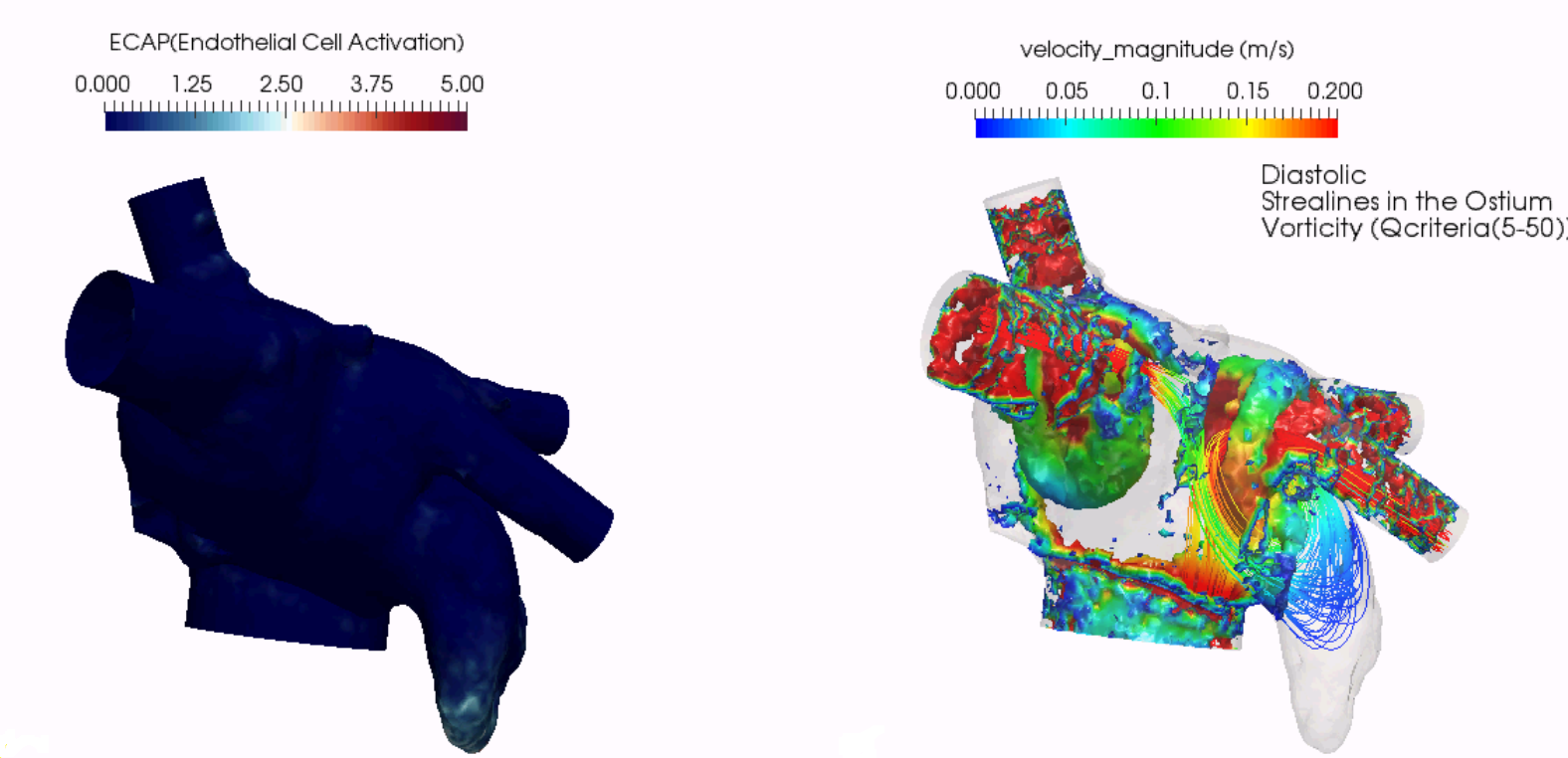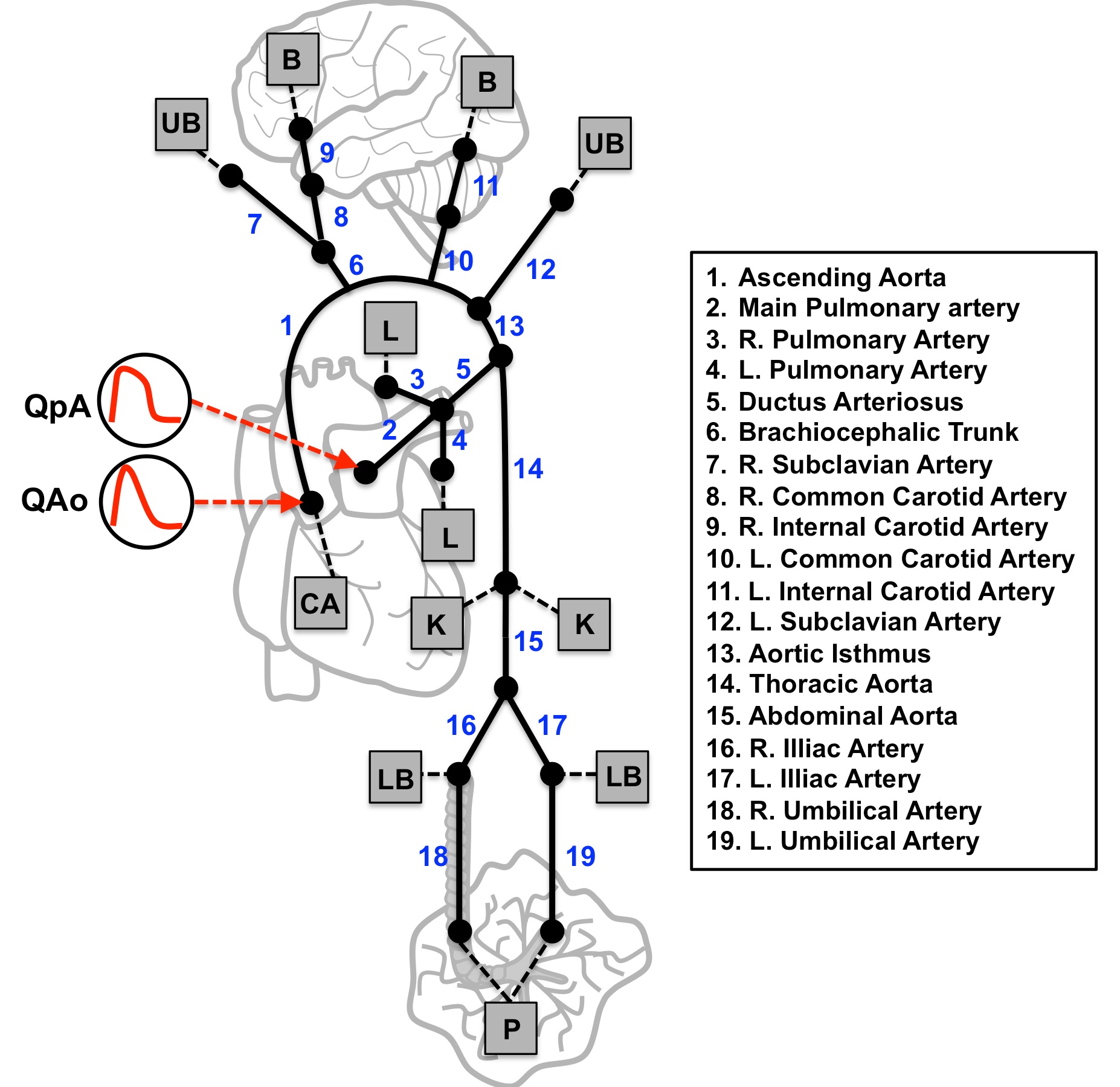Physiological Modelling
A model is a miniature representation of something; an example for imitation or emulation; a description or analogy used to help visualize and better understand something that cannot be directly observed.
Modeling is a cognitive activity to describe how objects of interest behave. In engineering, models are needed by engineers to describe, analyze and predict the behavior of designed devices, processes and systems.
Physiological modeling defines the development of mathematical models that replicate the multi-physics behavior of biomedical organs and systems. This branch of biomedical engineering aims at better understanding the functional interactions between the key multi-scale components of the human body, including genes, proteins, cells, organs and systems. It also helps to quantify and predict how these interactions change in disease states or after applying therapies.
Physiological modeling is crucial for moving towards a more holistic approach to medicine, which principles are often summarized by the 4P: Predictive, Personalized, Preventive and Participatory.
In BCN-MedTech we have developed and use physiological models in a large variety of medical problems, in particular focusing on the personalization of these models with patient-specific data (imaging, signals) to bring this technology closer to clinical routine, aiming to support and optimize daily life decisions made by doctors including diagnosis, therapy planning, intervention guidance and follow-up. Some examples are:
- Fluid simulations of blood flow patterns in the left atrial appendage to assess the risk of thrombus and the effect of implanting occlusion devices

- Electrophysiological simulations on biventricular cardiac geometries, including RV-tailored fibre orientation, to predict the ectopic foci in outflow tract ventricular arrhythmias
- Electromechanical cardiac simulations to predict patient response to Cardiac Resynchronization Therapy
- Realistic models of liver ablation with electroporosis
- Agent-based models to infer the most influential cell- and molecule-related parameters for early stage of atherosclerosis
- Lumped models of foetal circulation to quantify blood flow and structural remodelling after intra-uterine growth-restriction

